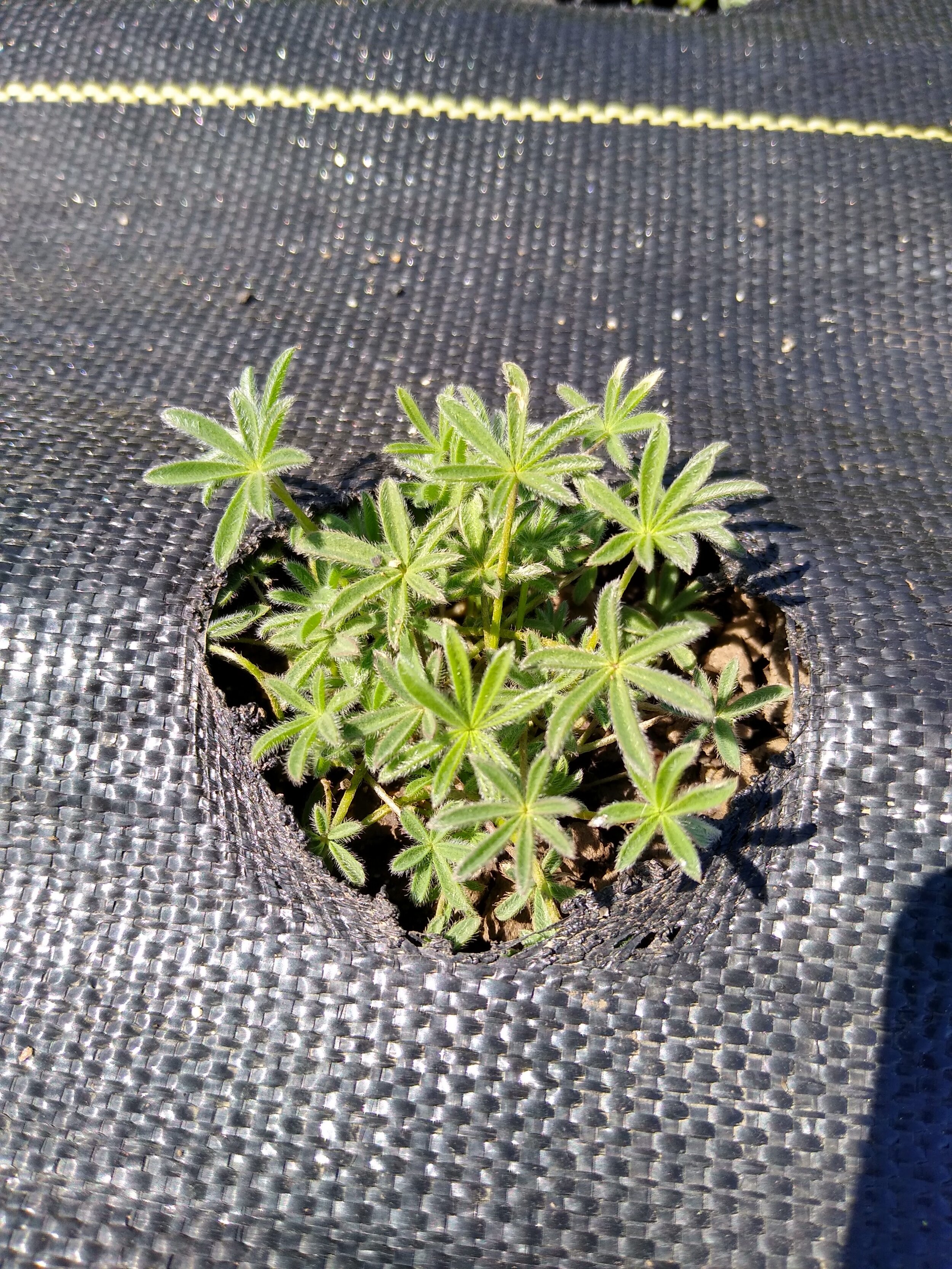Native Seed Crops
@ Jackson County OSU Extension & Sampson Creek Preserve
The Understory Initiative is partnering with the excellent teams at the Jackson County OSU Extension and Research Center in Central Point, and the Selberg Institute’s Sampson Creek Preserve to grow regionally appropriate native seed crops. The seed is to be utilized in future habitat restoration projects across the Rogue Basin. We also hope to provide educational opportunities for the Jackson County Master Gardeners and other members of the public to learn about native plant propagation at these sites.
Why Native Seed Production? We’re glad you asked!
Watch the clip below!











OSU Extension 2019 - 2020:
We completed site preparation at the OSU site using heavy-duty reusable black plastic to kill back the remains of a winter wheat cover crop. This method of using black tarps is called occultation, which prevents the plants from getting any light. This method is similar to solarization which utilizes clear plastic to heat up the soil and kill seedlings and the uppermost layers of the seed bank in the soil.
Then, we seeded an area with miniature lupine (Lupinus bicolor), a small hardy annual lupine native to the west coast, and loved by native pollinators. We planted the Lupinus bicolor seeds in holes we made in weed fabric with a flame weeder, so that when the time comes we can use a vacuum tool to collect the seeds that are scattered widely by pods that pop open. Madia madioides is a late-blooming perennial in the sunflower family is a great source of pollen and nectar for native insects and has a wonderful fragrance when the somewhat sticky leaves are crushed. This species also has tiny edible seeds!
Madia madioides
Festuca occidentalis
Lupinus bicolor










